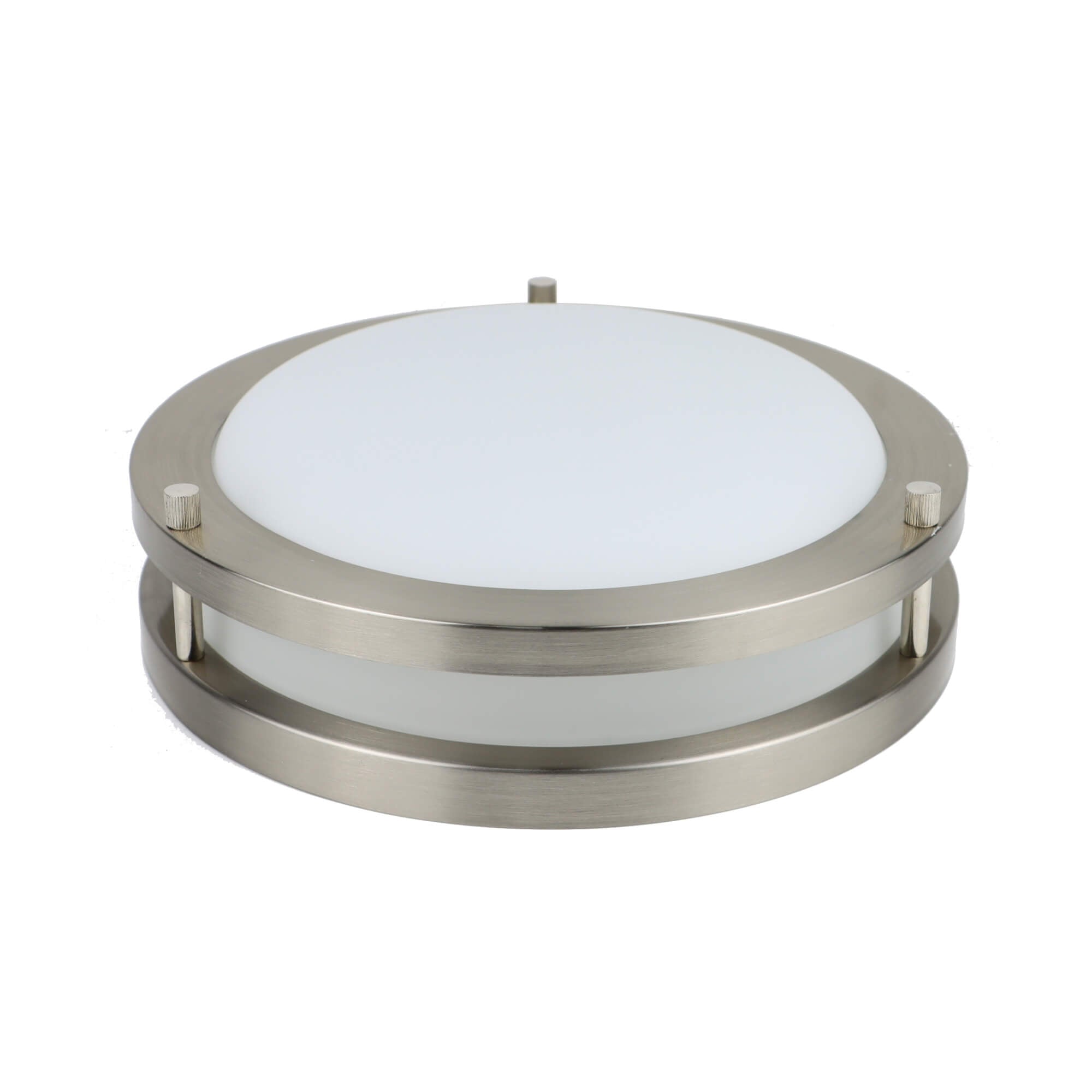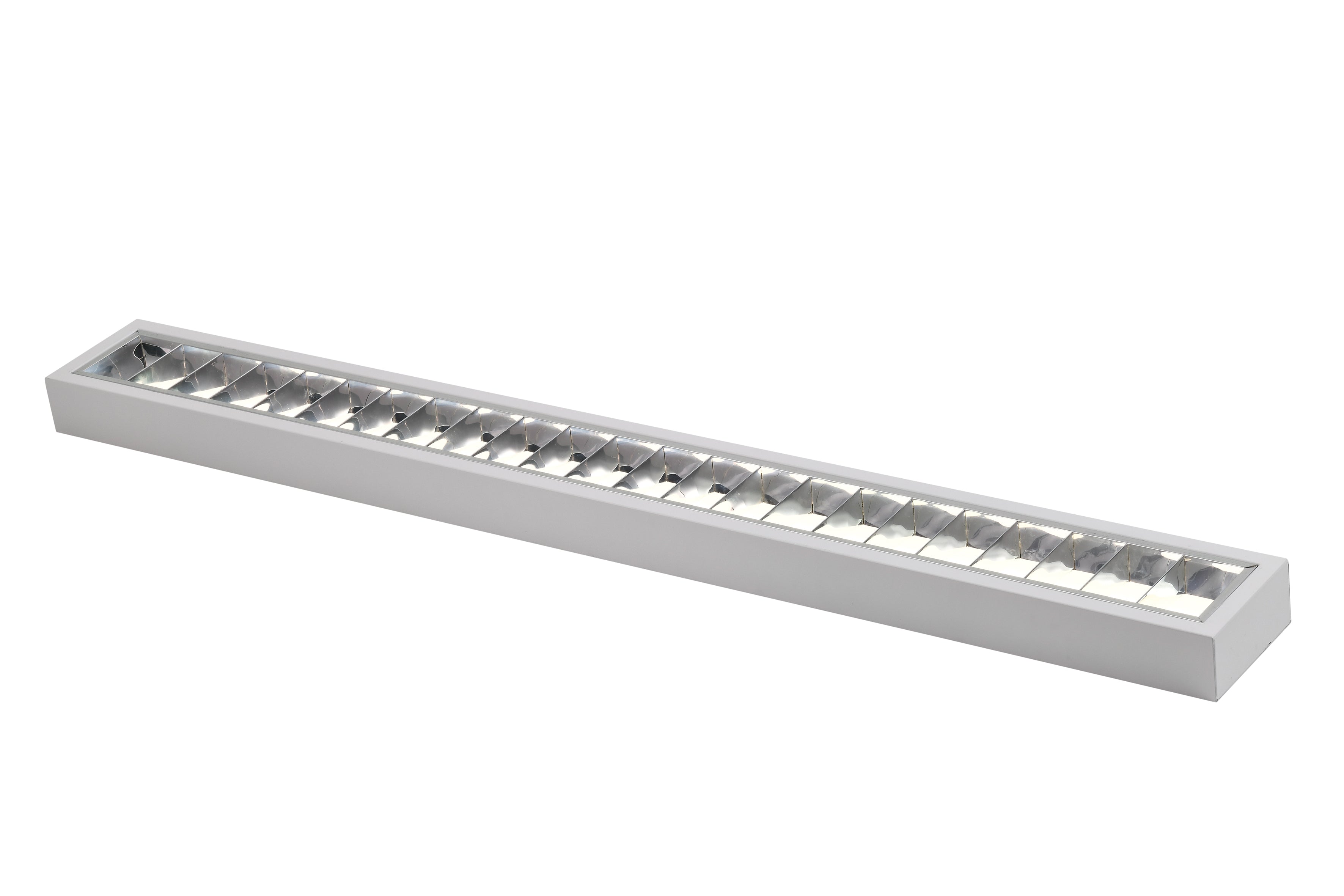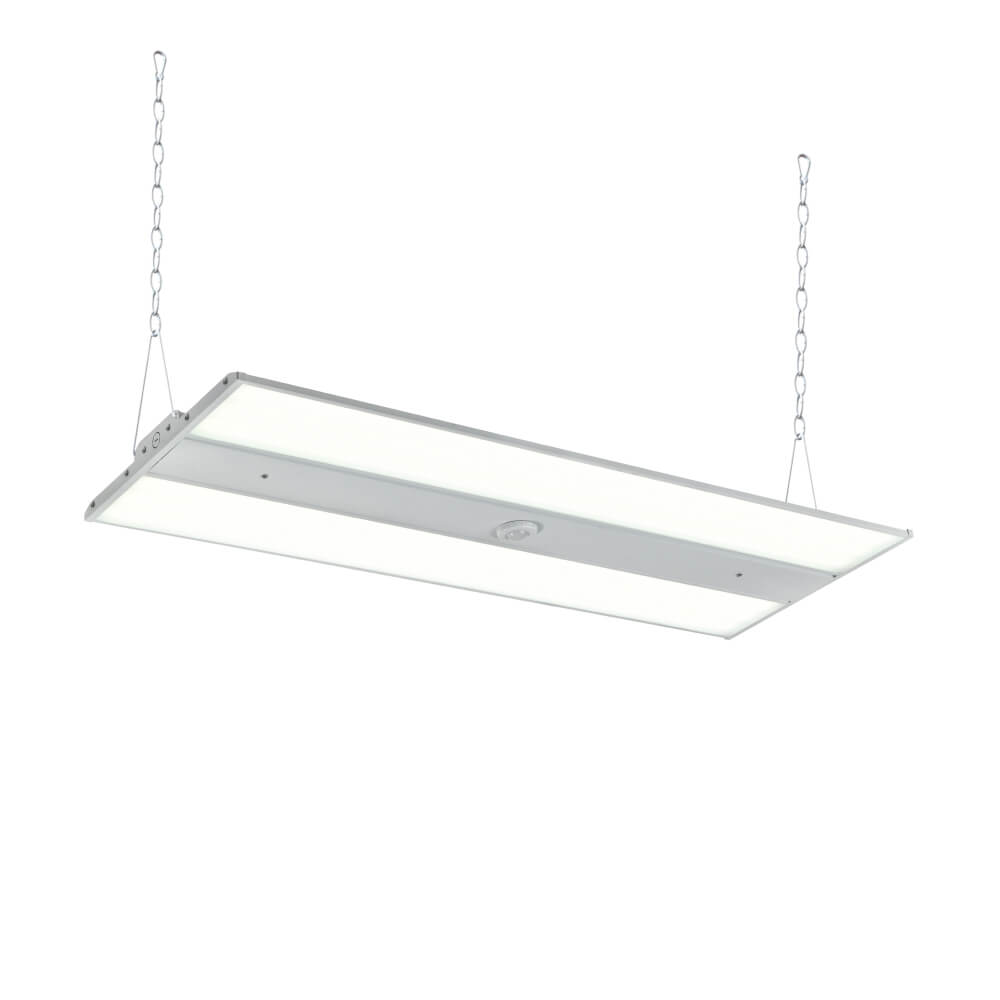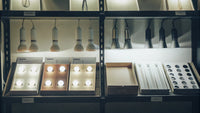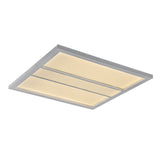LED Troubleshooting: Fix Flickering, Buzzing, and More!
With a long lifespan and energy efficiency, LEDs have become the preferred choice for many. However, even the most reliable technologies have their problems, and LED lights are no exception. Users often report issues such as flickering, buzzing, and inconsistent performance. Understanding these common problems and knowing how to troubleshoot them is crucial. Not only does it save you time and money, but it also ensures that you continue to enjoy the benefits of LED lighting without interruption.
Understanding Your LED Lights
How LED Lights Work?
At the heart of every LED is a semiconductor device that emits light when an electric current passes through it. This process is called electroluminescence. Unlike traditional bulbs, LEDs don’t have a filament that will burn out, and they don’t get especially hot. They are also different from compact fluorescent lights (CFLs), which require a little time to warm up and reach full brightness. Click to read more: LED Vs Fluorescent Vs HID For Commercial Spaces.

Importance of Knowing Product Specifications for Troubleshooting
Remember that old saying about square pegs and round holes? The same goes for LEDs. Installing the wrong type of LED for the fixture or the desired function can lead to a host of issues. Here’s what to look out for:
1. Wattage: This tells you how much energy the bulb uses. Using a bulb with too high wattaLumens: Lumens measure brightness. If your LED isn’t bright enough, you may need one with higher lumens.
2. Color Temperature: Measured in Kelvin, this indicates whether the light is warm (yellowish) or cool (bluish).
3. Dimming Capability: Not all LEDs dim. If your light doesn’t seem to work with your dimmer switch, check if it’s labeled ‘dimmable.’
4. Operating Temperature: Some LEDs are designed for colder environments, while others might not perform well in the heat.
Knowing Basic Tools and DIY Troubleshooting Techniques
Essential Tools for LED Troubleshooting
- Multimeter
- Screwdrivers
- Pliers
- Non-Contact Voltage Tester
- Ladder
- Protective Gear
Safety Precautions to Keep in Mind
- Power Down: Always start by turning off the circuit breaker connected to the lighting you’re working on. Never attempt to fix anything with the power on.
- Check for Live Wires: Use your non-contact voltage tester to double-check that there’s no live power running to the fixture after you’ve turned off the breaker.
- Secure Your Work Area: Make sure your ladder is stable and you’re wearing protective gear. Keep your tools within reach but organized so they don’t pose a hazard.
- Handle Bulbs Carefully: When removing or adjusting bulbs, make sure they’ve cooled down and handle them gently to avoid breakage.
Common DIY Troubleshooting Techniques
Armed with knowledge and tools, you can begin the troubleshooting process. Many LED issues can be resolved with the following checks:
- Battery Check for LED Fixtures: For battery-operated LED devices (like some types of outdoor solar lights or flashlights), the first step is to ensure that the batteries are fully charged or replace them if needed.
- Securing Loose Connections: Tighten any loose bulbs and inspect wire connections to the fixture for security and integrity. Ensure all wire nuts and connections are tight and corrosion-free.
- Power Supply and Voltage Assessment: Using a multimeter, verify that your fixture is receiving a steady voltage that matches the specifications of the LED bulb.
- Resetting LED Light Fixtures: Sometimes all an LED fixture needs is a good reset. Turn off the power, wait a moment, and then turn it back on. For smart LED systems, consult the manufacturer’s directions for resetting.
- Contact and Fixture Cleaning: Dust and dirt can interfere with electrical contacts. Clean the contacts carefully with a soft cloth and ensure there’s no debris inside the fixture.
Common LED Problems and Their Solutions
1. Flickering Lights
Flickering in LED lights can be compared to a strobe effect – a rapid fluctuation in brightness that occurs in quick succession. This can happen due to various reasons, such as incompatible dimmer switches, voltage fluctuations, or faulty connections within the circuit. Persistent flickering is not only annoying but also possibly harmful to your eyes in the long term.
How to Fix: LEDs require specific dimmers, so swapping out your old one for an LED-compatible version could steady the light show. If changing the dimmer doesn’t do the trick, the problem may lie with the switches themselves. Sometimes they’re just worn out or not properly connected, and replacing them can get rid of that annoying flicker.
2. Dim Lights or Lights That Won’t Turn On
LEDs are renowned for their brightness, so when they appear dim or fail to turn on, it’s an obvious indication that something is amiss. Potential causes of this symptom include inadequate power supply, a malfunctioning power driver, or reaching the end of their lifespan. It’s essential to determine whether it’s a singular bulb issue or if multiple lights are affected, which could point to a larger electrical concern.
How to Fix: If your LEDs seem to lack luster, smart bulbs might just need an adjustment via their app settings. If you don’t have smart LEDs, check if your power supply is up to snuff. An underpowered LED can feel like it’s stuck in low-power mode, and ensuring it gets enough juice can make all the difference.
3. Color Inconsistencies
If you’ve installed LEDs for their specific color qualities and find that what was once a warm white now has a cool blue tint, you’re facing color inconsistencies. The color emitted by an LED light is determined by materials and construction, and variances can occur from batch to batch or as a result of component failure.
How to Fix: Try to match them up by buying bulbs with the same color temperature. And when it’s time to replace, buying LEDs from the same manufacturing batch ensures that the new ones don’t stand out like sore thumbs, keeping the mood in the room just right.
4. Buzzing or Humming Noises
Quality LED bulbs should operate silently. Thus, when there’s a buzzing or humming noise emanating from your LED lights, it’s indicative of an issue. Common causes include dimmers that are incompatible with the specific type of LED bulb you’re using, or it could stem from internal faults within the bulb itself.
How to Fix: Ensure that it’s not only compatible with LEDs but also of high quality. Poorly made dimmers can turn your quiet evening into a beehive. Additionally, if the internal driver within the LED (it’s like the brain of the bulb) isn’t up to par, consider seeking out a replacement bulb known for its silent operation.
5. Premature Burnout
If you find yourself replacing LED bulbs more frequently than anticipated, you’re experiencing premature burnout. This early failure could be due to factors such as poor quality bulbs, overheating caused by enclosed fixtures, or surges in power supply.
How to Fix: LEDs hate the heat, so make sure they have enough breathing room to stay cool. Also, remember to treat them right by not pushing them beyond their limits—using LEDs within their rated capacity ensures they’ll stick around for the long haul. Click for more information: Why LED Lights Burn Out Fast & How To Fix It?
Advanced DIY Tips by Yourself and Seek Help from Pros
For those feeling a bit more adventurous (and technical), here are some higher-level strategies:
1. Understanding and Installing LED Drivers: Drivers regulate the power to the LED. Replacing a faulty driver can restore functionality.
2. Recalibrating Smart Home Systems for LED Integration: Ensure that your smart home system understands the language of LEDs.
3. Retrofitting Old Fixtures to Accommodate Modern LED Bulbs: Sometimes, older fixtures need a bit of tweaking to work with new bulb types.
While many LED light issues can be remedied with DIY methods, some are better left to the pros. If you’ve exhausted all troubleshooting steps without success, or if there’s potential for complex electrical work, enlisting a certified electrician is the safe choice.
Start Your DIY Journey to Better Lighting!
LED technology has revolutionized the way we illuminate our lives, combining cost-effectiveness with environmental consciousness. Yet, like any innovation, it’s not without its flaws. Feel the buzz of triumph rather than the hum of annoyance as you conquer common LED lighting challenges. And remember, while a little DIY can go a long way, there’s no shame in calling in reinforcements when needed.
